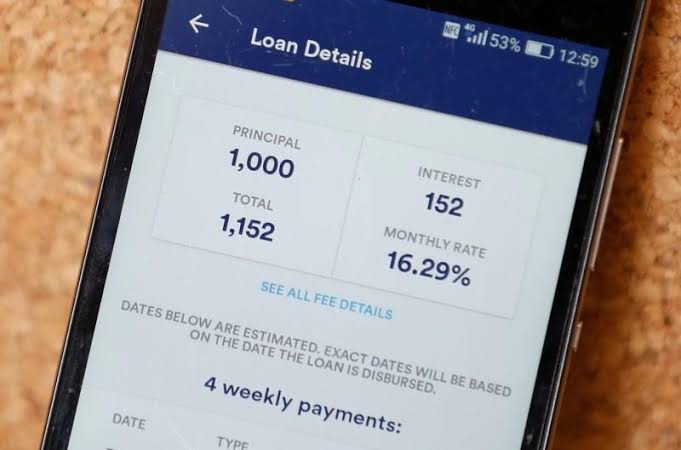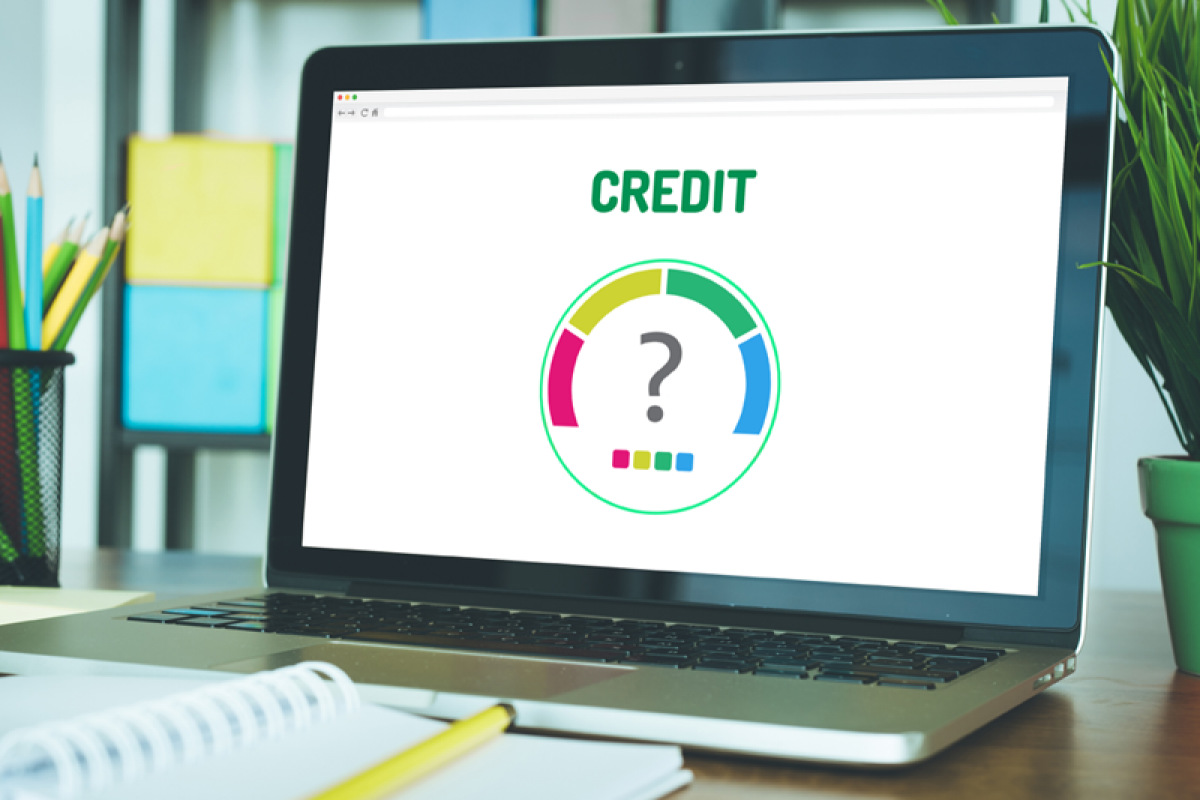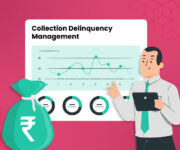The financial system in India has faced several hurdles and continues to struggle in the face of a volatile economy. Post demonetisation, the government shut out all the loopholes of earning and circulation of black money, leading to strict rules of accounting proof underlying every single transaction. This prompted many businesses to slow down as the liquidity crisis raised its ugly head. Add to that the declining GDP rates which fell to 4.5% in the second quarter of 2019-20, as opposed to 7.1% in the same period in the year 2018-19. All of this has led to a slow debt recovery owing to the increased interest rates. Lending institutions are facing the heat with many accounts turning into Non-Performing Assets (NPA’s).
The challenges in loan recovery and uncertain cash flow are a massive deterrent to businesses in India, rendering the entire business environment ineffective and pulling down India’s score in the Ease of Doing Business Index released by the World Bank. Concerning the recovery of debts, there are specific problems faced by the debt collection agents which need to be addressed by the Government at the macro level.
Challenges in Loan Recovery and How to Solve Them!

Oral Contracts:
Oral contracts are entered into verbally without any written record of the same. This means that if the contract terms are not met, both parties have no paper trail to follow and prove that such a contract was even entered into, which will render the aggrieved party helpless as they cannot challenge it in a court of law. Therefore, oral contracts should be avoided as far as possible by businesses. But if there are instances where oral contracts are the generally accepted trade practice, the same should be done in the presence of witnesses, who can, at the very least, attest to the existence of such a contract in the event of a breach.
Faulty Written Agreements:
Written agreements are similar to oral contracts, wherein the existence of the contract can be proved easily, but it comes with another set of challenges in loan recovery. Apart from being poorly drafted, the parties involved in many written agreements need to be habituated to get a grip on the undersigned terms and conditions of the contract. A lot of times, people end up entering into a contract which was null and void from the very beginning but had no knowledge of the same since they did not bother asking relevant and meaningful questions at the start, which ultimately leads to the cancellation of the contract. The lending party is sad, left with nowhere to go. Therefore, before entering into any written agreement, an essential prerequisite to pay attention to is to ask questions if something sounds fishy or looks vague.
Money Recovery Issues:
Some of the most fundamental challenges in loan recovery are the terms and conditions of the contract entered into; how valid are they? What is certainty? What is the financial background of the parties entering into the contract?
Challenges in Loan Recovery: Collection Methods Are Not Real-Time
One of the significant challenges in loan recovery is the need for real-time collaboration between the borrower and the collector. This is a substantial industry-wide challenge faced by all collection agents. Every debtor’s repayment abilities are unique owing to differences in their financial backgrounds, which requires collectors to create customised collection plans. But due to frequent communication breakdowns, this is made very difficult. This results in a long, complicated and incomplete collection process and hinders them from offering a smooth customer experience. The details of the lending agreement, such as repayment plans, document exchanges, calculations etc, should be instantly shared between collectors and debtors to build a relationship of trust between the two parties from the very start. On the other hand, the debtor may have to run around to arrange the documents and get them printed or scanned, leading to a long process and a shaky beginning.
Mobile Borrowers:
The collection industry must keep up with today’s technologically advanced mobile generation. Research indicates that most borrowers or indebted population depend on mobile devices as they are on the go. Still, the industry has been unable to optimise debt collection policies with this growing trend. The customer experience ultimately suffers and creates challenges in loan recovery for agents.
Too Many Calls:
Customer experience is at the helm of every business, and loan recovery is no different. One of the major pain points of every customer is that they receive unreasonable calls from collectors. Many regulations call for a limit on the number of such calls that the debtors can receive, but due to industry-wide recovery policies followed, collection agents call debtors at odd intervals, so debtors often complain of feeling harassed. In-efficient processes on the part of collection agents lead to the wastage of precious time by collectors and debtors.
Contacting Wrong People:
Collectors often call debtors who have long paid off their debts because their records are not updated for the same. Again, an ineffective communication process is to be blamed. Not only are the debtors bothered for no reason, but the collection agents lose out on necessary time, which could have been invested in contacting real recovery opportunities.
Customer Bankruptcy:
Customer bankruptcy is the ultimate challenge in loan recovery. There is no guarantee of recovery of money anytime soon. The recovery process depends upon the terms and conditions of the contract entered into. Most times, collateral is kept against the debt given. The lender can receive money after attaching the assets or getting the collateral in possession. However, a customer going bankrupt is a massive blow to the collection agent, as debt recovery is a long, tedious process.
Inefficient Processes:
The debt collection process has yet to keep pace with the changing business environment and continues functioning as they have been handed down for decades. There needs to be a proper segmentation done for the customers. There needs to be more than income-wise segmentation. The collection agencies must dedicate resources to analyse a customer’s income bracket. They tend to bring all the debtors under one broad category, which proves inefficient.
Lack of Tools:
Not all debtors turn bad; most of them can pay back their dues with just a little hand-holding, like offering assistance or motivating them properly. But most debt collection agents must be provided with appropriate tools to analyse customers appropriately, so they cannot provide flexible payment arrangements. They are not equipped with the right tools to picture debtors as customers and then proceed to recover money from them.

How to Solve Problems Faced by Debt Collection Agents?
Assistance from modern collection systems and processes is inevitable to solve loan recovery challenges. The modern collection processes aim to streamline operations and lead to a win-win situation for debtors and creditors. Modern collection management software comes in handy, letting the collection agents take advantage of the robust internet networks and a centralised financial system:
Auto-generated Customer Statements:
Your debtors should be able to receive all their customer statements and payment notifications via SMS and email, primarily available at everyone’s quick disposal. This should also include a UPI payment option where customers can make online payments using their debit or credit cards, thus avoiding the wastage of time in taking a trip to the bank.
Digitised Strategies:
One of the significant benefits of going digital via software is to be able to segregate and segment your customers. Debtors should be segmented based on the amount due, ageing, percentage outstanding and credit limit. The software will use analytics to figure out all of this, thus leaving the debt collectors with better chances of recovering debts, especially from delinquent customers.
Collection Activity:
Since every debtor differs from another concerning the amount borrowed, credit terms agreed upon, credit score etc., it is necessary to personalise a collection strategy for each customer or category. Post this, a course of action can be determined, such as friendly reminders, phone calls etc. This can be done systematically, wherein every customer will have a separate folder on a standard dashboard and every interaction will be maintained with the customer with utmost transparency.
Analytics:
An effective debt collection program is successful starts with a paradigm shift. The debt collectors should get proactive and use analytics and account receivable scores of various debtors. They should be able to look at the accounts receivable cycle as a whole, instead of just focusing on unpaid accounts. They should adopt a holistic approach to finance to help predict future cash flow hurdles and take preemptive measures.
Give Debtors Options: Conduct thorough background research on the debtors, before even going in to recover dues. Take into account factors such as if he is a good payer or is this becoming a habit, whether he has tried to reduce the debt or not, or whether he has explained the situation to another staff member on your team. Keep conversations recorded via emails or at least documented along with their signatures, for avoiding challenges in loan recovery. Debt collectors need to realise that the process of loan recovery may seem threatening to a few customers, therefore they should try to keep the process as light and relaxed as possible, especially the customers they are looking to retain for the longer term. Help your debtors with a way out like, try and recover some portion of the amount now and the rest later, or convince them to pay via their credit card. This will give them a headway upon reaching some sort of commitment from the debtor.
Involve Decision Makers:
The debt collection agent should ensure that is interacting with someone who has the power to move the ball. During all negotiations, ensure that the conversation is with someone of authority to make decisions.
Get Accurate Customer Data:
Debt collectors should first and foremost gather accurate data about their customers such as data like if they currently have debts with other creditors, are they repaying them timely etc. Also, it is important to obtain the correct customer identification information like phone number, current employer, contact information, copy of permitted identity proof etc. Having this handy will help them to face the challenges in loan recovery effectively and reach out to references in case the debtor turns delinquent or has disappeared completely.
Get Clarity:
The agents should be clear with regards to the rights and obligations of the debtors and the creditors right from the beginning. Get information about any documented terms of credit, credit applications or invoices. This will help them to set the recovery process straightforward from beginning to end also ensure that the stance of the creditor is strong to demand payment, in tandem with the terms agreed upon.
Multiple Payment options:
Help your debtors to make the payments as seamlessly as possible. Offer them a wide array of payment options such as credit cards, debit cards, corporate purchasing cards etc. This helps the customer save time and resources as they don’t have to deal with physical paperwork and offers the convenience to make payments from the comfort of their home through a secure network connection.
Use Artificial Intelligence:
Technology has transformed every sector and debt collection industry should also leverage its benefits. Modern conversation tools available today such as Artificial Intelligence, chatbots and self-service technology has provided the much-needed makeover to the collection process. This technology helps lenders to reach out to people via channels that are more conducive to a conversation. Agents have better chances to mitigate challenges in loan recovery via such friendly channels as opposed to threatening phone calls and result in higher repayments.
The collection industry as a whole is in dire need of innovations to recover bad loans and improve the inefficiencies in the system. The above steps will help debt collection agents to deal with debt recovery in a better manner, streamline operations as well as adopt a customer-centric approach to the whole process!
To know more about Finezza, get in touch with us!




[…] have resulted in improved transparency and regulatory compliance. We can see a handsome impact on consumer debt collection landscape in the market, due to the adoption of data analytics, improved internet and mobile […]